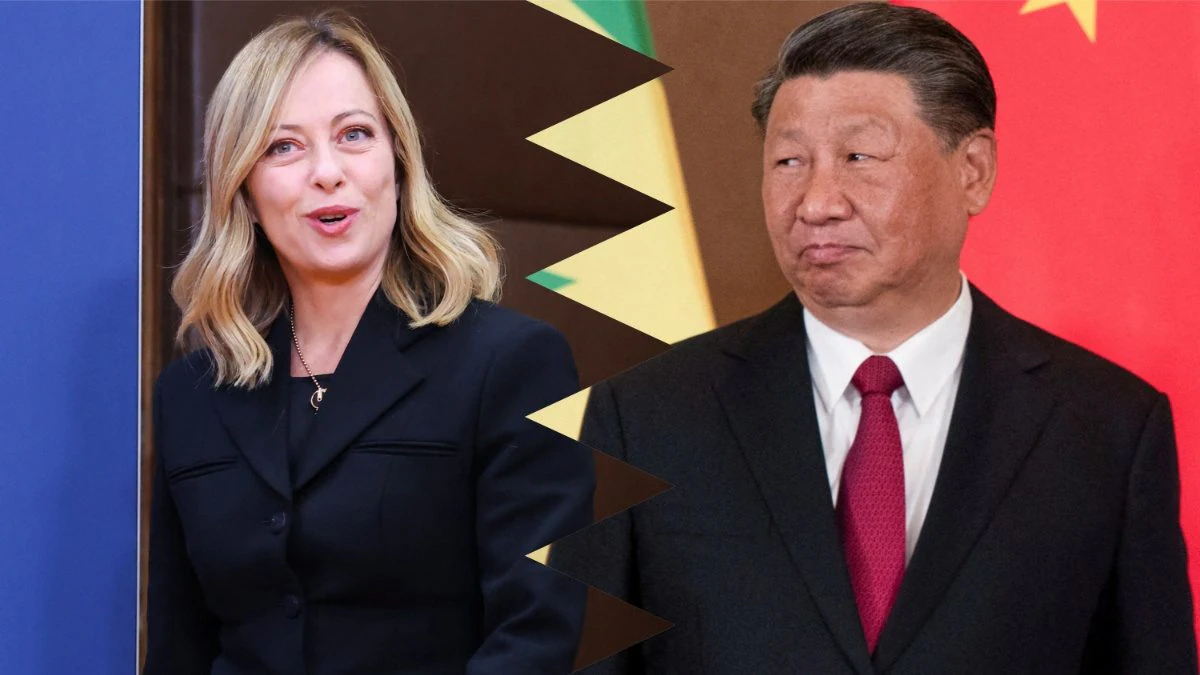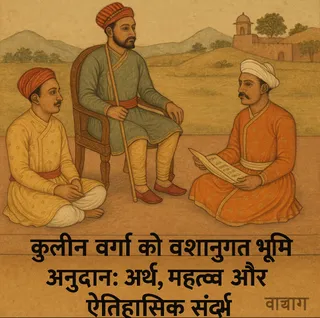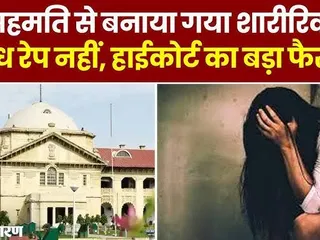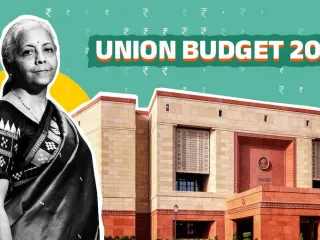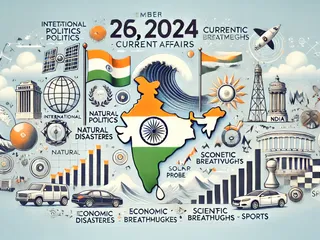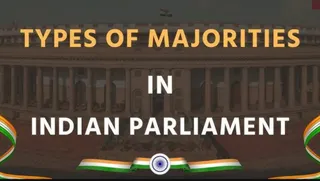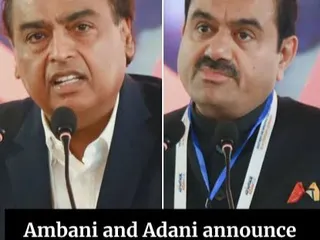Article 1 of the Indian Constitution is a foundational provision that declares India a Union of States. It states:
"India, that is Bharat, shall be a Union of States."
This seemingly simple sentence carries profound implications for the structure and functioning of the Indian government. Let's break down its significance:
- Union: The term "Union" signifies a federation where states are not merely loosely associated but are integrated into a single, unified entity. It implies a strong central government with considerable powers, unlike a confederation where states retain greater autonomy.
- States: The term "States" refers to the constituent units of the Indian federation. These states have their own legislatures and governments, with specific powers allocated to them under the Constitution.
- India/Bharat: The use of both "India" and "Bharat" emphasizes the nation's dual identity – its historical and geographical context (Bharat) and its modern, internationally recognized name (India).
Article 1 doesn't explicitly define the powers of the Union or the States; these are detailed in subsequent articles of the Constitution. However, it establishes the fundamental framework of India's federal system, laying the groundwork for the distribution of legislative, executive, and judicial powers between the central government and the states. The balance of power between the Union and the States has been a subject of ongoing discussion and interpretation throughout India's history.
Understanding Article 1 is crucial to grasping the essence of India's constitutional structure and its federal character. It serves as the bedrock upon which the entire constitutional edifice rests.
Further Reading: For a more in-depth understanding, you can refer to the complete text of the Indian Constitution available on the official website of the Government of India.





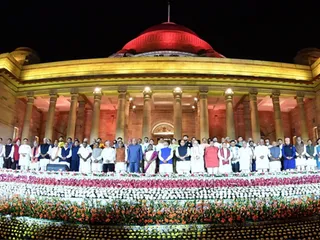









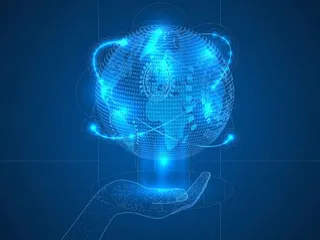









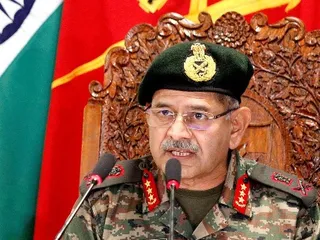

-(20)jpeg-1745030278713.jpeg.webp)
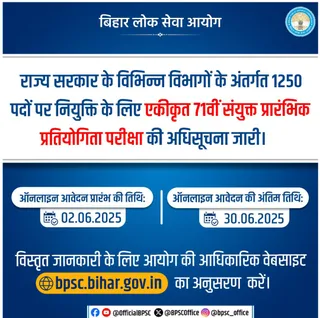


 (24)jpeg-1722421859875.jpeg.webp)
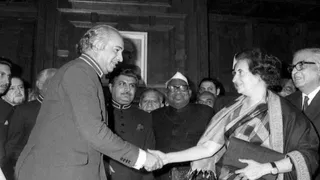
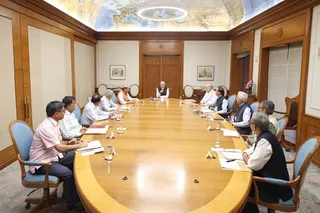
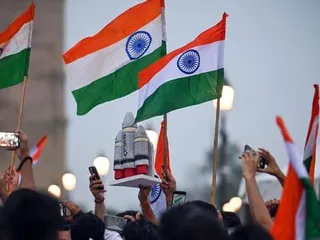





 (26)jpeg-1722513138064.jpeg.webp)

